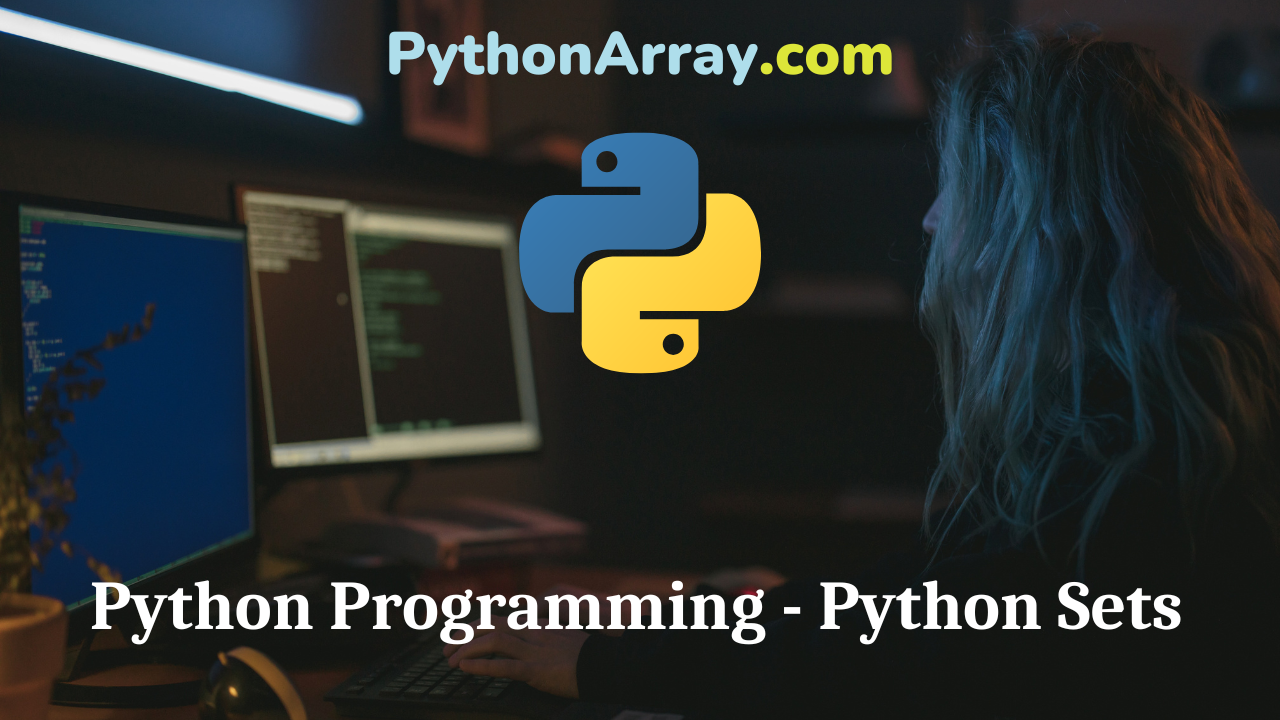Python Programming – Python Sets As we have learned in mathematics about sets, the Python language also provides a new data type called set to handle all set operations. A set is an unordered collection of elements. There is no duplicity in the set and alike tuple, the set is immutable (can not alter). A set can contain a heterogeneous type of data. Since the set is an immutable data type, therefore, list or dictionary can not be set members. As mentioned earlier in Chapter 2, the sets can be used to perform all mathematical set operations such as union, intersection, difference, etc. In the following sub-section, we will learn Python set in detail. Creating a Set A set is created by using the built-in Python function set(). All the elements of a set are placed inside the set function by enclosing within braces { } and separated by commas. The programming example to create a set in Python is given in Code 5.27. In this program, we explore all the methods of creating a set in Python. In the first part, the set is created with the named dataset by using the set() function. Secondly, a set is created…
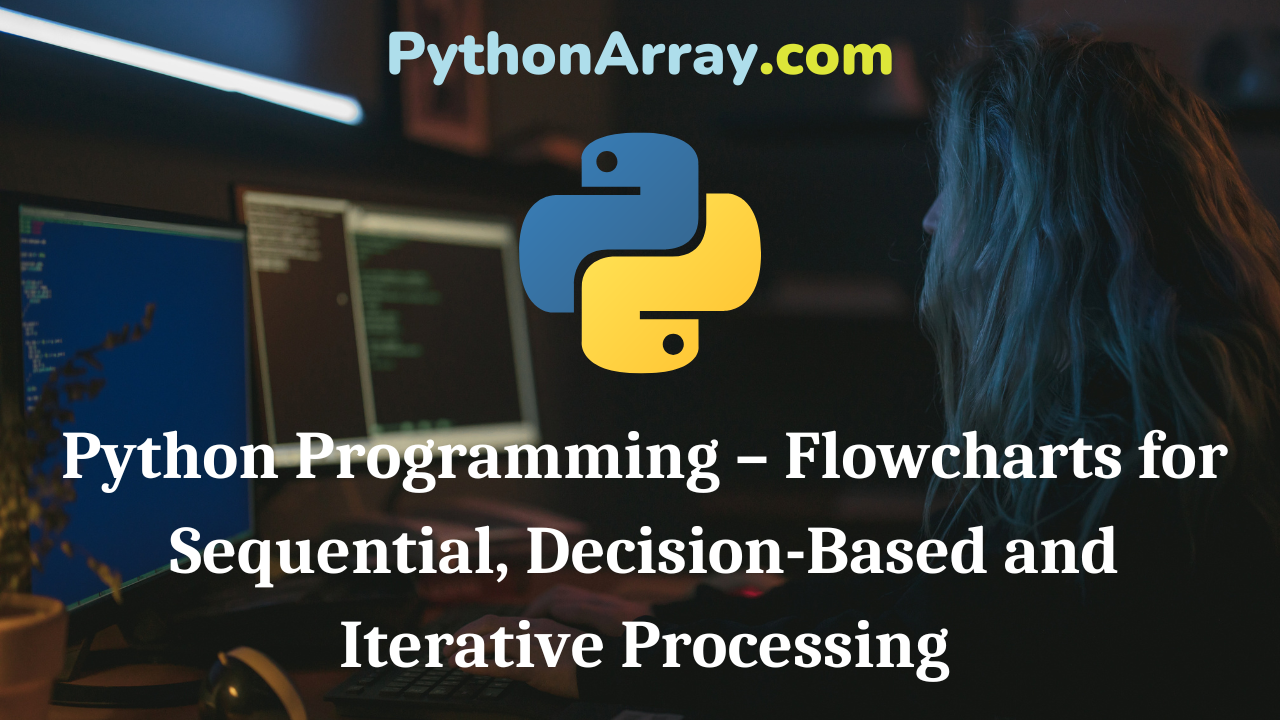
Python Programming – Flowcharts for Sequential, Decision-Based and Iterative Processing
You can learn about Flowcharts and Algorithms in Python Programs with Outputs helped you to understand the language better. Python Programming – Flowcharts for Sequential, Decision-Based and Iterative Processing Sequential Processing The Sequential (Sequence) construct means the statements are being executed sequentially. This is the default flow of statements. Control structures allow you to change the sequence of instructions for execution. They also implement decisions and repetitions in programs. Decision-based (Conditional/Selection) Controls allow the computer to decide as to which statement is to be executed next depending upon a condition- test. Iterative construct (Looping) allows the computer to execute a group of statements repeatedly till the condition is true. However, the power of programming languages lies in their ability to instruct a computer to perform the same basic operation again and again till the specific condition is satisfied. In real-life applications, sometimes, you will need to change the sequence of execution according to conditions. For example, “If you pass the examination, then you will get a mobile”. In this statement, the resultant action is taken if the condition is evaluated to true. Python Programming – Conditional and Iterative Statements Flowcharts and Algorithms in Python Python Programming – Flowcharts and Algorithms Introduction…
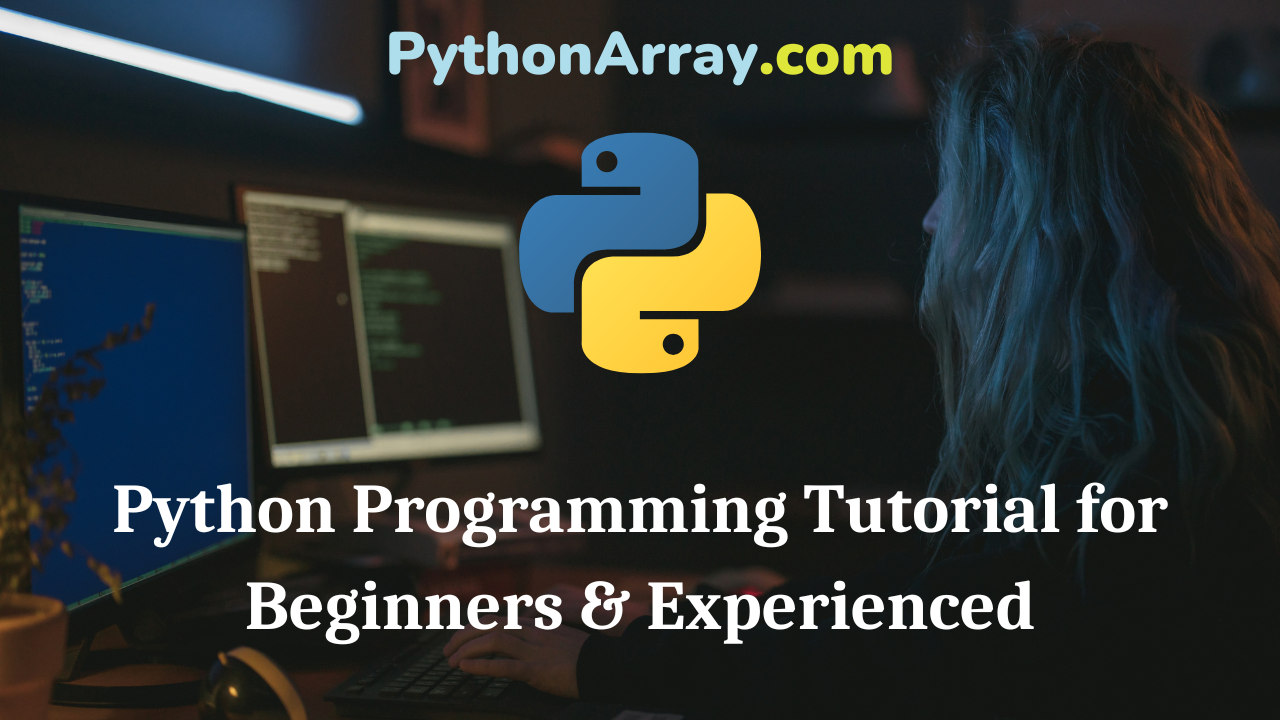
Python Programming Tutorial for Beginners & Experienced | Learn Python Programming with Examples
Python Programming – Ultimate Guide Introduction to Programming Using Python Python Programming – Introduction to Programming Introduction to Python Programming – The Basic Model Of Computation Introduction to Python Programming – Algorithms Introduction to Python Programming – Flowcharts Introduction to Python Programming – Pseudocode Introduction to Python Programming – Programming Languages Introduction to Python Programming – Compiler Introduction to Python Programming – Interpreter Introduction to Python Programming – Testing and Debugging Introduction to Python Programming – Testing A Program Introduction to Python Programming – Documentation Flowcharts and Algorithms in Python Python Programming – Flowcharts and Algorithms Introduction Python Programming – Flowcharts for Sequential, Decision-Based and Iterative Processing Python Programming – Sample Algorithms Introduction to Python Programming Python Programming – Python Introduction Python Programming – Technical Strength Of Python Python Programming – Introduction to Python Interpreter and Program Execution Python Programming – How To Download and Install Python Python Programming – How To Start Python Python Programming – Creating a Simple “Hello World” Program Python Programming – Work Effectively With IDLE Python Programming – IDLE Menus Python Programming – Python Style Rules and Conventions Python Programming – Using Comments Python Programming – Python Character Set Python Programming – Token Python Programming…
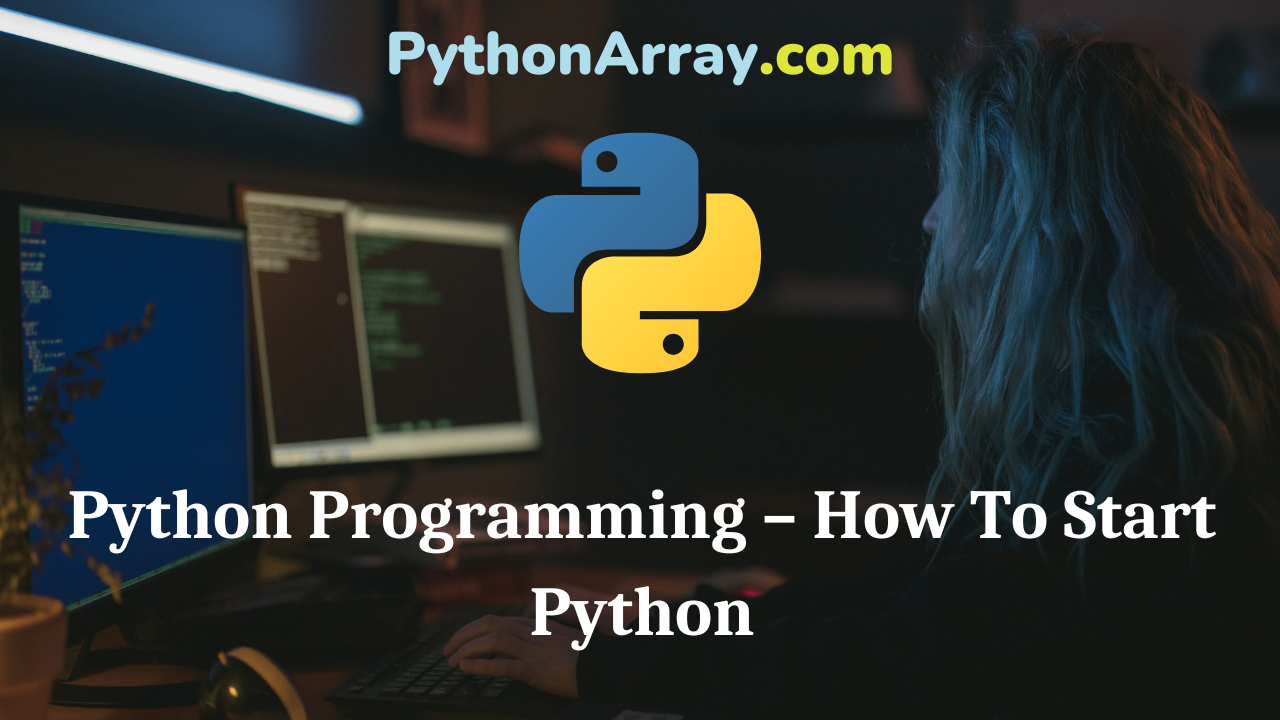
Python Programming – How To Start Python
You can learn about Introduction to Python Programming Programs with Outputs helped you to understand the language better. Python Programming – How To Start Python After installation is successfully completed, you can start Python in the following ways (see Figure 3.11). These are: (a) Python Shell – Interactive mode (Commandline) (b) Python Editor – Script mode (Integrated Development Environment – IDLE) Python Shell is used to execute a single Python command and get the result in the same window. It waits for the input command from the user. As soon as the user enters the command, it executes it and displays the result. IDLE is a simple Integrated Development Learning Environment that comes with Python. The important feature of IDLE is that it is a program that allows the user to edit, run, browse and debug a Python program from a single interface. Python Programming – Technical Strength Of Python Introduction to Python Programming – Interpreter Introduction to Python Programming – Documentation Interactive Mode (Command-line) Interactive mode of working means you type the command one at a time, and Python executes the given command and gives you output. An interactive interpreter of Python is also called Python Shell. Follow these steps to…
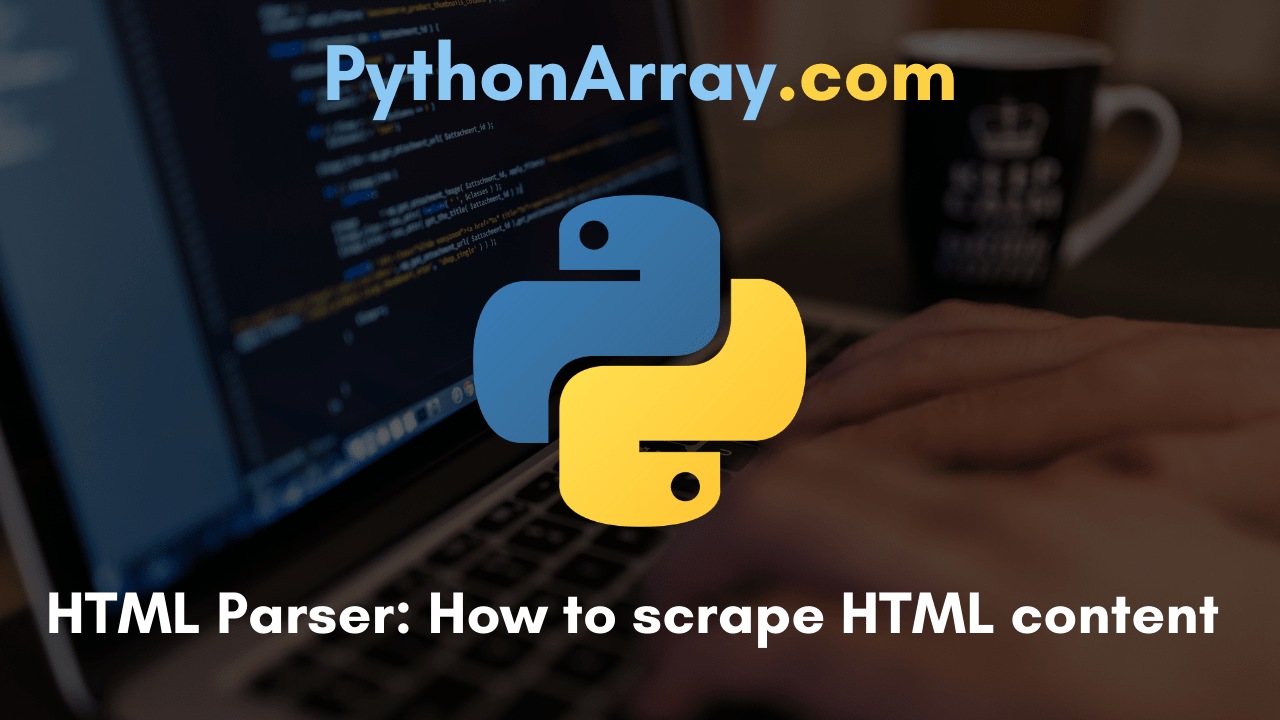
HTML Parser: How to scrape HTML content | Parsing HTML in Python with BeautifulSoup
HTML Parser tutorial helps users to learn basic techniques and coding for the parsing text files formatted in HyperText Markup Language(HTML), XHTML & Python. Also, those who are searching for the ultimate tutorial for Web Scraping and Parsing HTML in Python with Beautiful Soup can refer to this page and gain full knowledge about Python web scraping and HTML Parsing. From this tutorial, python programming language beginners and experienced candidates can acquire complete information on HTML Parser: How to scrape HTML content with Example. The tutorial of HTML Parser in Python includes the following stuff: html.parser — Simple HTML and XHTML parser Prerequisites for Web Scraping and Parsing HTML in Python with Beautiful Soup Why parse HTML? What is HTML Parser? Methods in HTML Parser How does HTML Parser work? Example HTML Parser Application Parsing and navigating HTML with BeautifulSoup Exceptions Conclusion html.parser — Simple HTML and XHTML parser This module describes a class HTMLParser that helps as the foundation for parsing text files arranged in HTML and XHTML. Syntax: class html.parser.HTMLParser (*, convert_charrefs=True) It creates a parser example so that able to parse invalid markup. If convert_charrefs is True, all character references (excluding the ones in script/style elements) are…
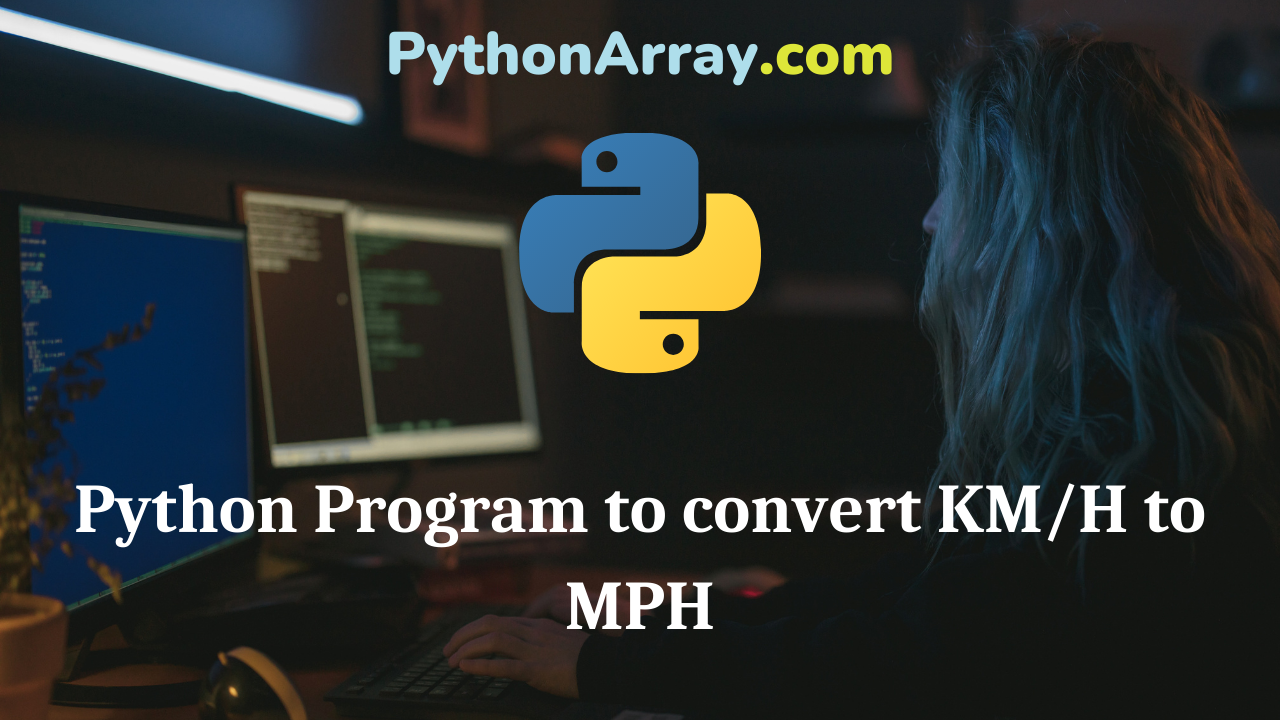
Python Program to convert KM/H to MPH
Convert KM/H to MPH This script converts speed from KM/H to MPH, which may be handy for calculating speed limits when driving abroad, especially for UK and US drivers. The conversion formula for kph to mph is : 1 kilometre = 0.621371192 miles #!/usr/bin/env python kmh = int(raw_input(“Enter km/h: “)) mph = 0.6214 * kmh print “Speed:”, kmh, “KM/H = “, mph, “MPH” How to Use Python to Convert Miles to Kilometers | Python Program to Convert Miles to KM Unit Measurement How to get and format the current time in Python Python Strings Quotes Recommended Reading On: Python Program to Calculate the Income Tax
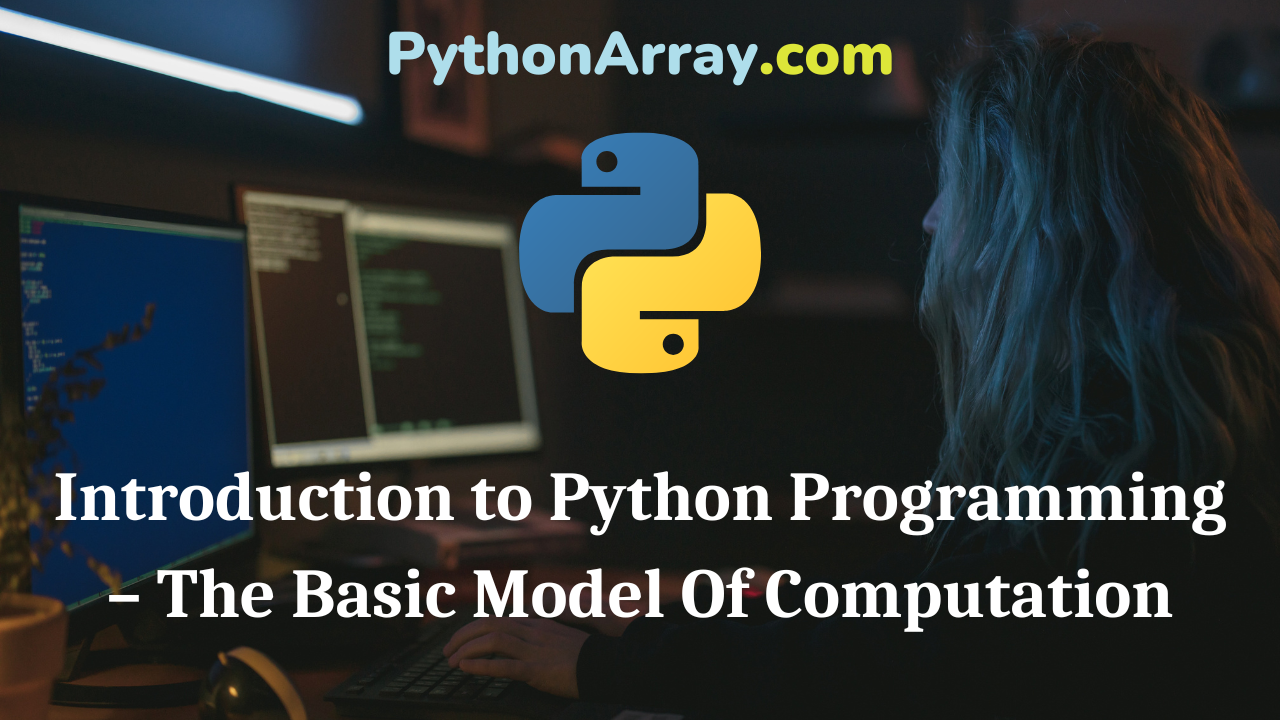
Introduction to Python Programming – The Basic Model Of Computation
You can learn about Introduction to Programming Using Python Programs with Outputs helped you to understand the language better. Introduction to Python Programming – The Basic Model Of Computation The Basic Model Of Computation A program is a set of instructions, written in a computer language, to perform a specific task. In an attempt to solve problems on a computer, one has to write a step-by-step solution using simple instructions for operations and thus, obtain the results. There would be a number of methods to solve a given problem, and therefore, solutions may differ from person to person. However, in all cases, the basic steps remain the same. These basic steps are as follows: Formulating the problem and deciding the data types to be inputted. Identifying the steps of computation that are necessary for getting the solution. Identifying decision points, i.e., under what circumstances a particular operation is to be performed and when not to be performed. Knowing the expected results and verifying with the actual values. Procedure for Problem Solving Problem-solving is the process involving basic sequential steps necessary to arrive at the solution of the given problem. It is a logical process of breaking down the problem into small parts…
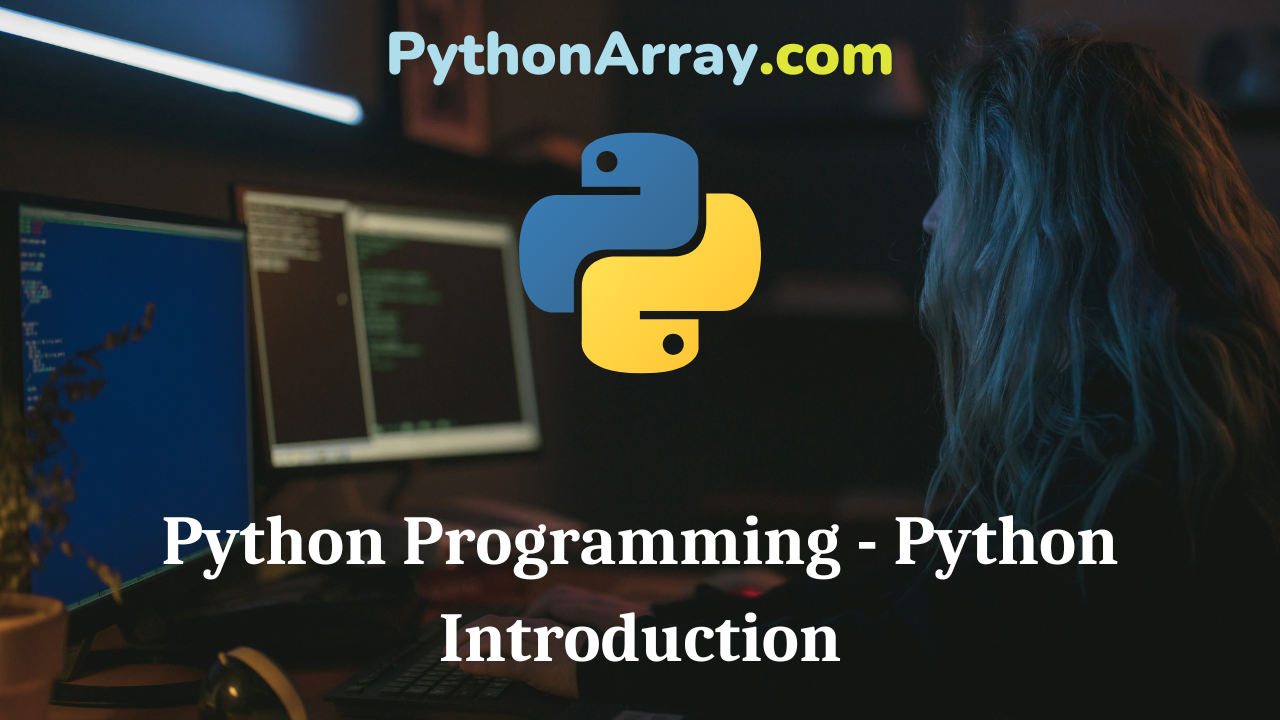
Python Programming – Python Introduction
You can learn about Introduction to Python Programming Programs with Outputs helped you to understand the language better. Python Programming – Python Introduction Python is a powerful high-level, interpreted, interactive, and object-oriented scripting language. It was designed to be easily readable; it uses English keywords frequently whereas other languages use punctuation. It has fewer syntactical constructions than other languages. It has a simple easy-to-use syntax to learn computer programming. Recommended Reading On: Computer Organization and Architecture Handwritten Notes Python Programming – Introduction to Python Interpreter and Program Execution Introduction to Python Programming – Interpreter Python Programming – Introduction to Programming Features of Python Language (a) Python is Interpreted: This means that it is processed at runtime by the interpreter, and you do not need to compile your program before executing it. Interpreted languages run directly from source code that humans generate whereas programs written in compiled languages, like C++, must be translated into machine code before they can be executed. Python is considered an interpreted language because Python programs are executed by an interpreter. (b) Python is Interactive: This means that you can actually work at a Python prompt and interact with the interpreter directly to execute your programs and get…
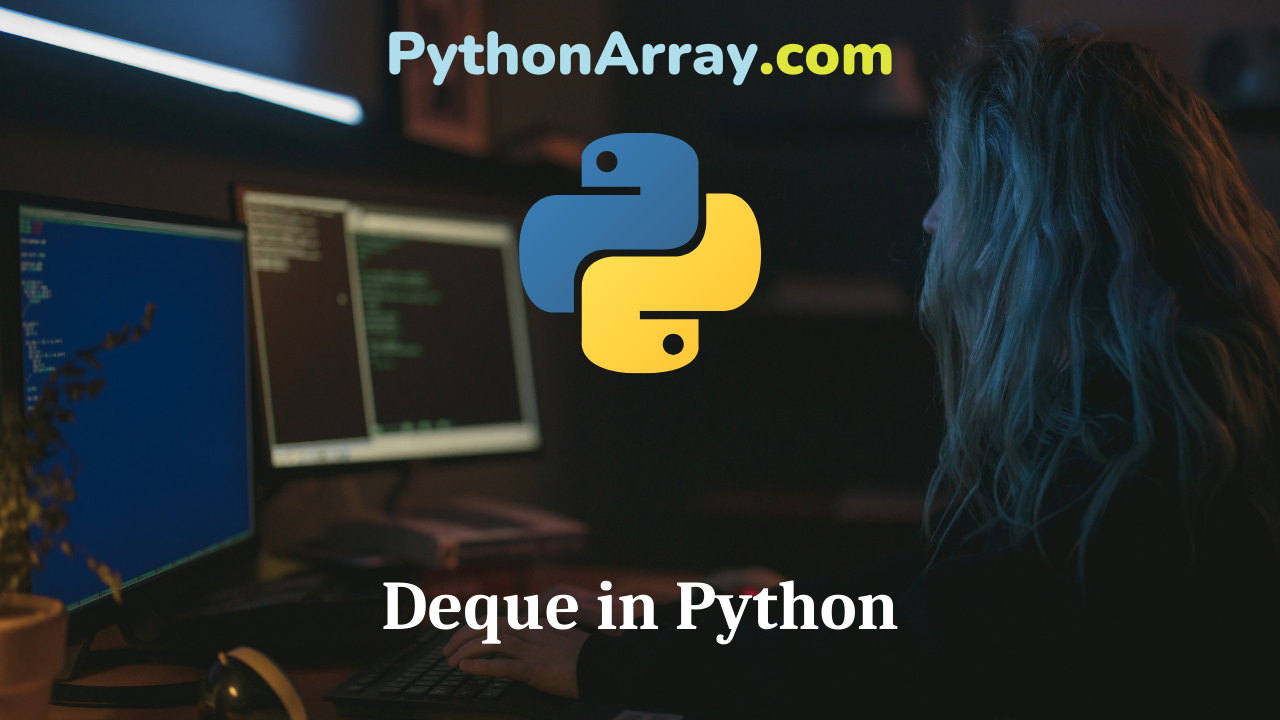
Deque in Python
Deque or doubly ended queues are linear data structures with which we can perform last in first out (LIFO) operations as well as first in first out (FIFO) operations. Deques have many applications in real life such as implementing undo operation in softwares and in storing the browsing history in web browsers. In this article, we will study the underlying concepts behind deque and will implement them in python. How to implement deque in python? As described above, deques are linear data structures. Thus we can implement deque using the list in python. To implement deque using list, we will have to insert and delete elements from both sides of the list. We can also perform operations like checking the length of the deque or checking if the deque is empty. For this task, we will use a dequeSize method to keep the count of the number of elements in the deque. A deque can be implemented in python using the following class definition in which we define an empty list named dequeList to initialize the empty deque and initialize dequeSize to 0 as follows. class Deque: def __init__(self): self.dequeList=list() self.dequeSize=0 How to Check if a List, Tuple or Dictionary…
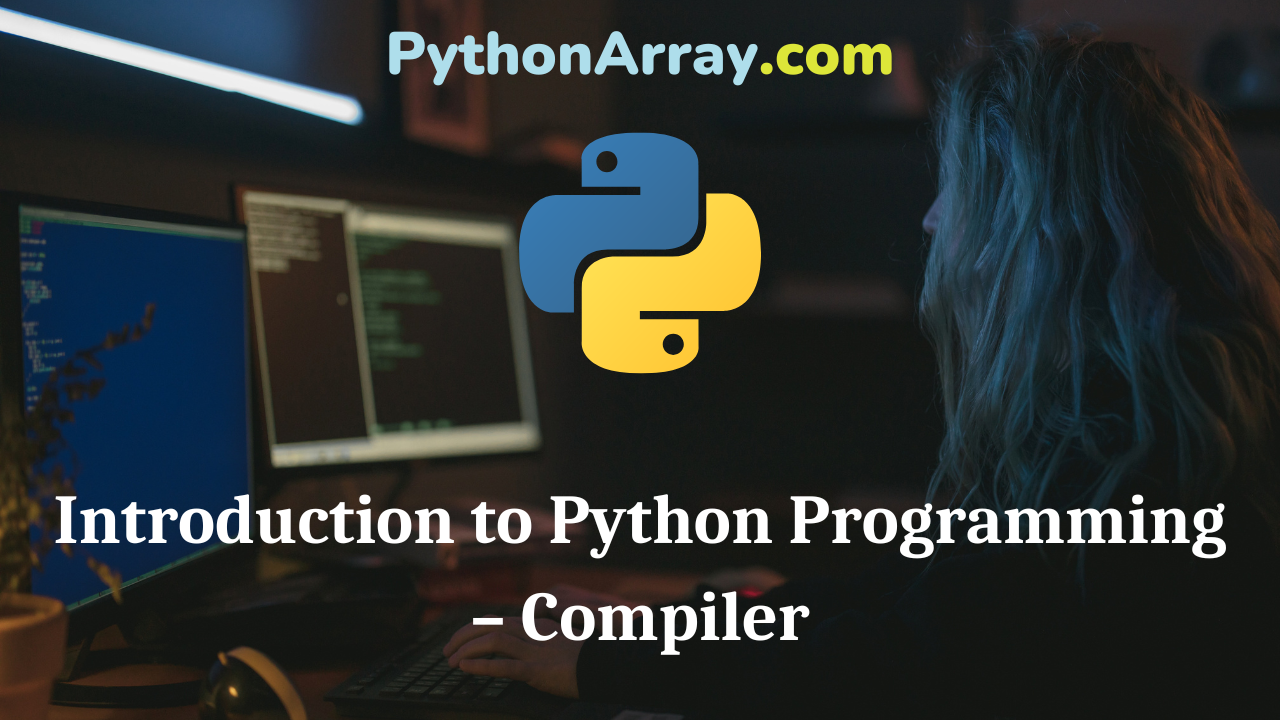
Introduction to Python Programming – Compiler
You can learn about Introduction to Programming Using Python Programs with Outputs helped you to understand the language better. Introduction to Python Programming – Compiler Compiler A program that translates a high-level language program into a machine language program is called a compiler. It checks all kinds of limits, ranges, errors, etc. But its program execution time is more and occupies a larger part of the memory. It has slow speed and low efficiency in memory utilization. If a compiler runs on a computer for which it produces the object code, then it is known as a self or resident compiler. If a compiler runs on a computer other than that for which it produces object code, then it is called a cross-compiler. The process of producing an object program using a compiler is called compilation. After compilation, you get a file known as an object file which is in machine language. There are two steps in executing a program, the compilation phase and the execution phase. The compilation is required to detect syntax and semantic errors in a program. The compiler converts the program into machine language so that it can execute the program on the machine. (See Figure 1.4). Python…
